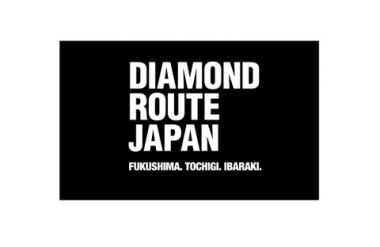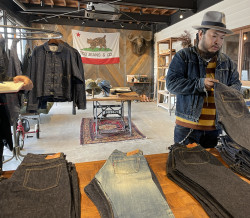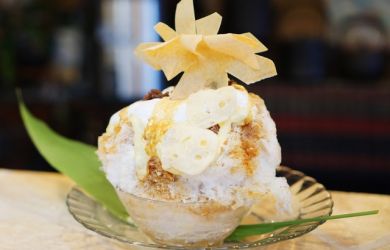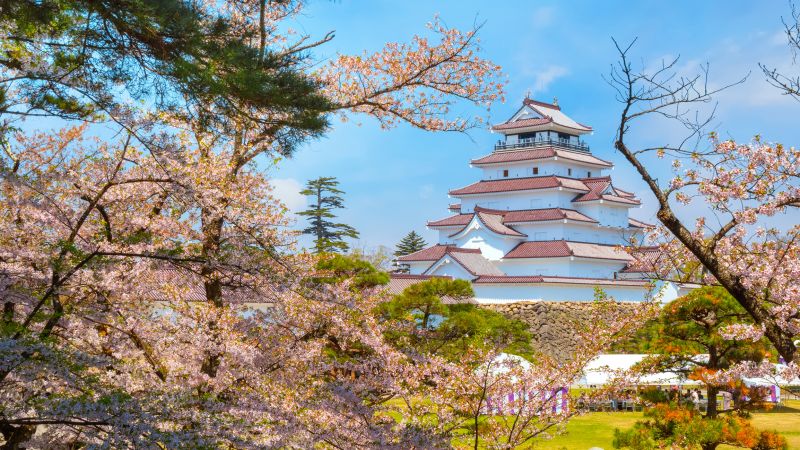
Following a tumultuous 2020, the call of the wild is more attractive than ever for city-dwellers. Good news for Tokyo area residents: the Diamond Route, connecting the attractions of Fukushima, Tochigi and Ibaraki prefectures, is easily accessible and offers a quick escape to the beauty and wonder of some of our neighbors to the north.
The concept of the Diamond Route was created to encourage foreign tourists to explore Japan outside the well-trodden “Golden Route” connecting Tokyo, Kyoto and Osaka. What the Diamond Route lacks in the pizzazz and nightlife of the big cities, it more than makes up for with natural beauty, outdoor activities and cultural traditions.
Fukushima alone boasts many ideal sites for those seeking the solitude of nature, the charm of Edo-period Japan, or a personal experience of Japanese tradition. Here are just a few of our favorites.
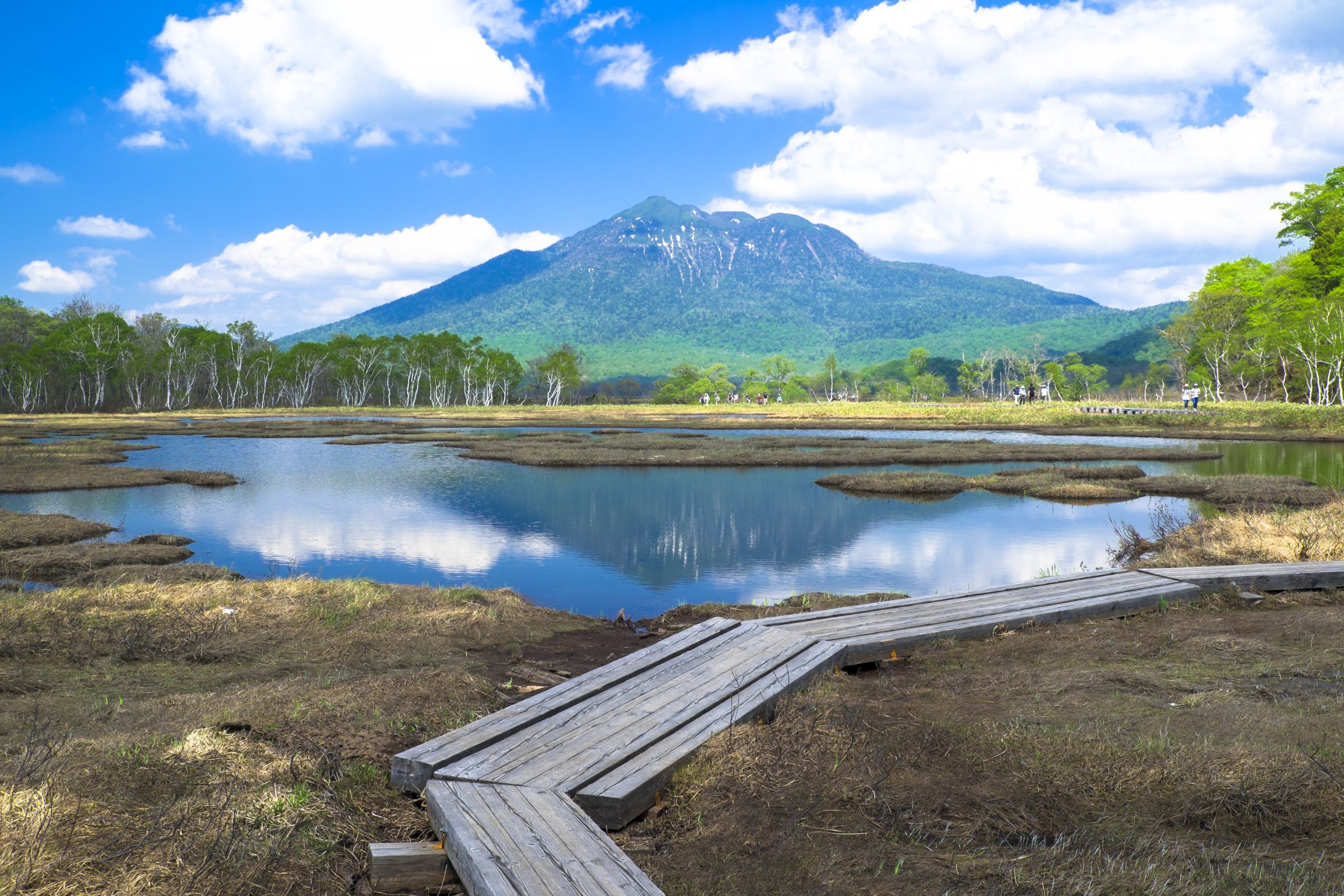
Oze National Park
This large national park spans Gunma, Tochigi and Fukushima prefectures, but nature-lovers and birdwatchers will particularly enjoy the northern part of the park that lies within Fukushima. The wetlands on the northeastern shores of Lake Ozenuma teem with an abundant variety of bird species. Making your way north, you can hike into the young mountains where volcanoes such as Hiuchigatake formed the landscape thousands of years ago.
A network of developed trails covers Oze National Park, leading you through golden marshland, cool mountain passes and quiet forests. A handful of campsites and mountain huts are also available, should you wish to extend your time in the great outdoors of Fukushima.

Ouchi-juku Thatched Roof Village
Ouchi-juku is a welcome alternative to tourist-magnet Shirakawago in Gifu Prefecture, and just as picturesque. The buildings along its main street all have thatched roofs made from pampas grass, which are maintained for the preservation of this ancient Japanese craft. As a former post town between Aizu and Nikko, Ouchi-juku is well suited to host visitors, as several lodges are still open for business.
Even if you are just passing through, this historical village is still well worth the visit. The main street is broad and clean, free of unsightly power poles and lines. Strolling along the road, you can browse many shops selling local crafts and traditional foods, or even sit down for cake and coffee.
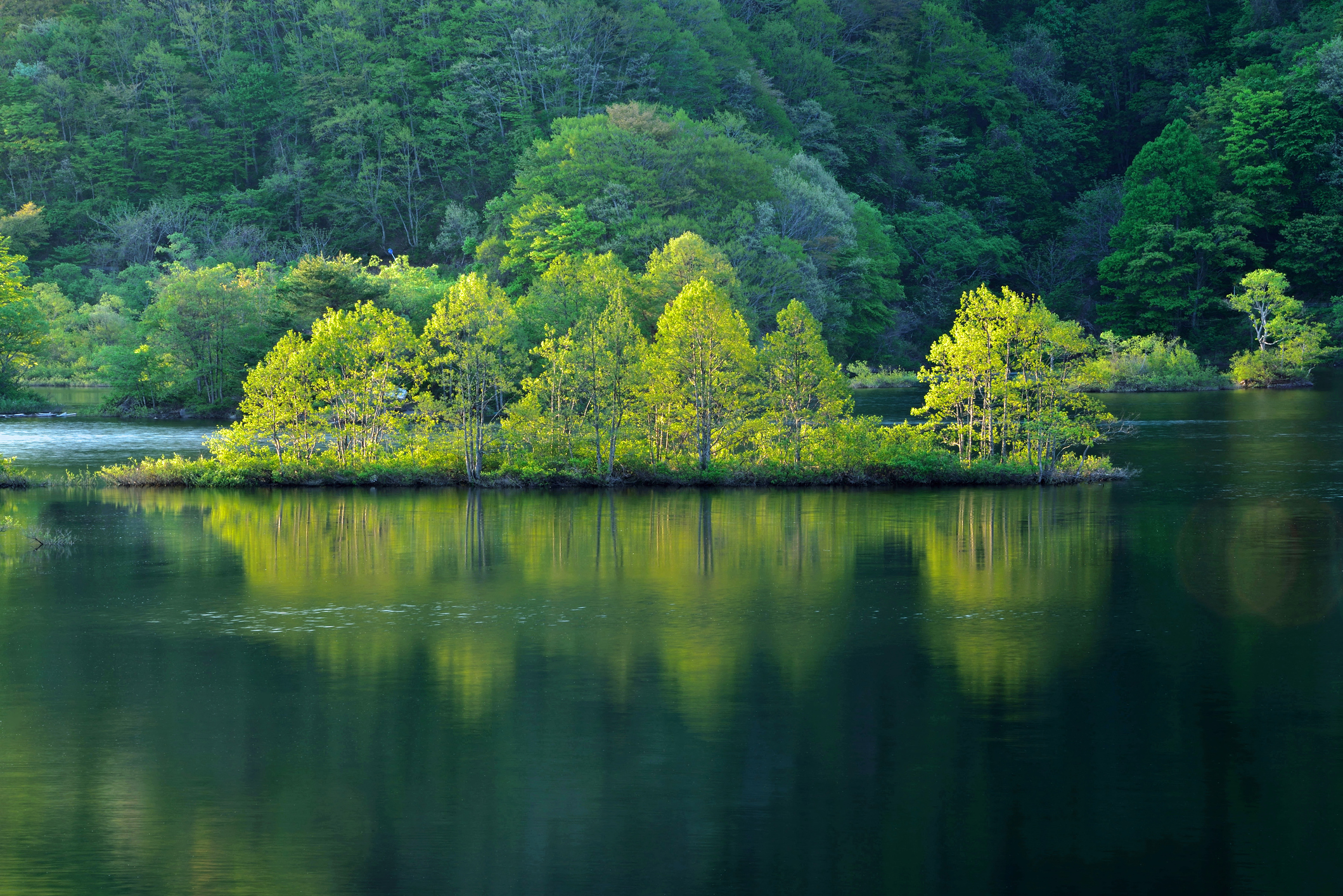
Urabandai Highlands
The Urabandai plateau in northern Fukushima is shrouded in lush forests at 800m above sea level, making it the perfect escape from Tokyo’s stifling summer heat. Volcanic Mt. Bandai, known as “treasure mountain”, rises another 1,000m above the plain and is filled with numerous lakes, marshes and hot springs.
While Urabandai may be the ideal summer getaway, it’s also a great destination year-round, offering skiing in winter and multicolored foliage in autumn and spring.
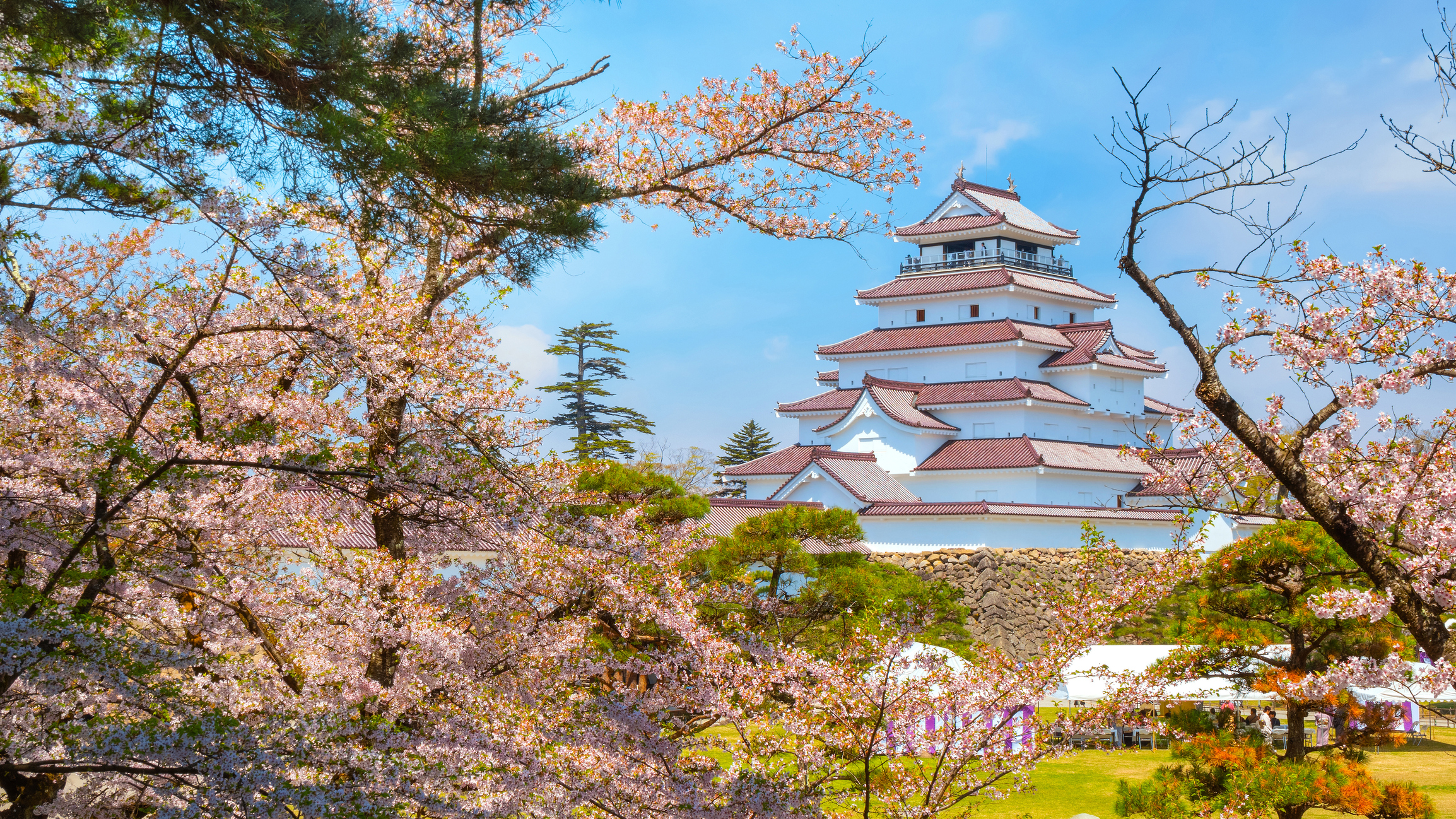
Aizu-Wakamatsu City
The samurai spirit lives on in Aizu-Wakamatsu, one of the last strongholds against the Meiji government. For admirers of bushido (samurai moral code) and the Edo period, Aizu-Wakamatsu offers a fascinating glimpse back in history, with well-preserved architecture and local businesses that have been operating continuously for centuries.
Beyond the scenery, explore the arts and crafts of Aizu with its renowned lacquerware and unique style of pottery. And don’t forget to taste the sake of Aizu at one its local breweries, including the famous Suehiro Sake Brewery.
